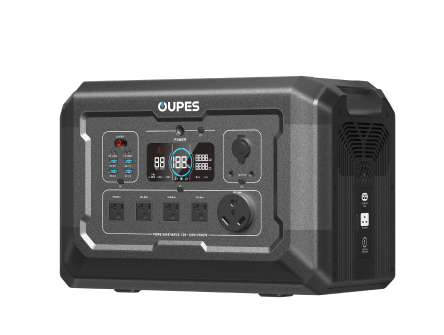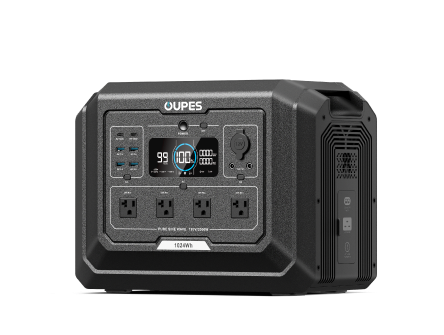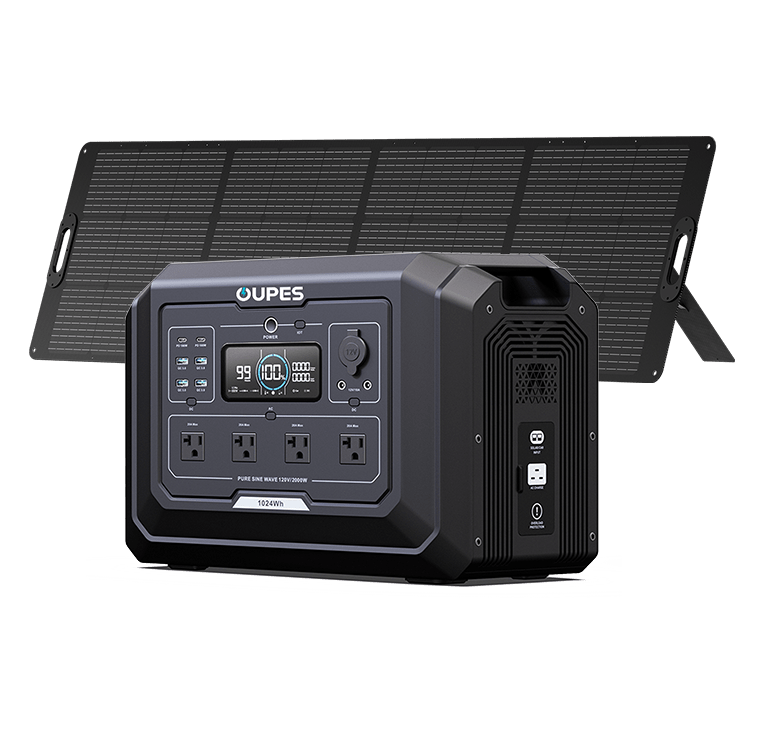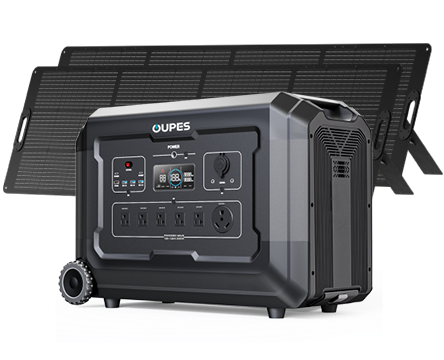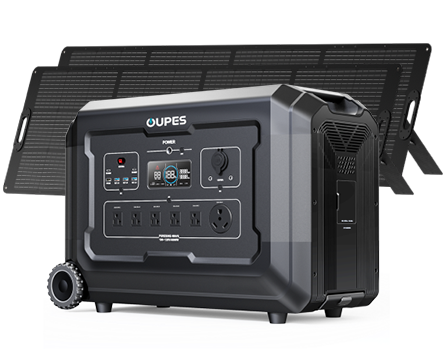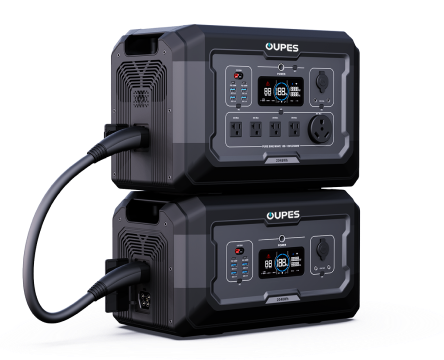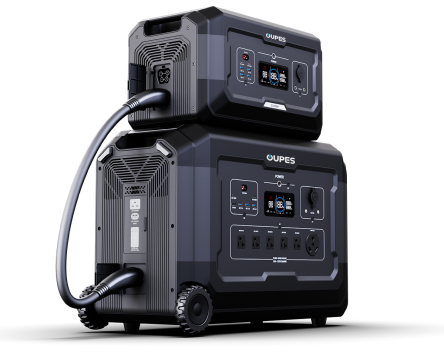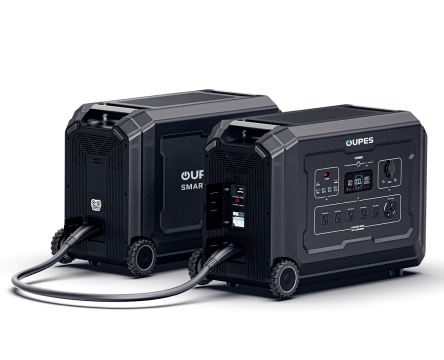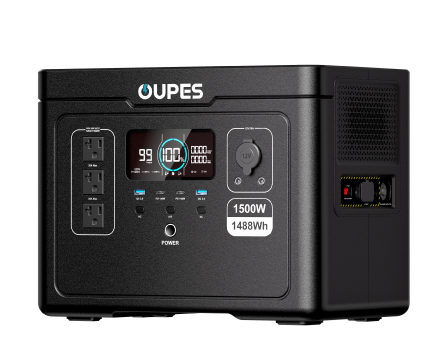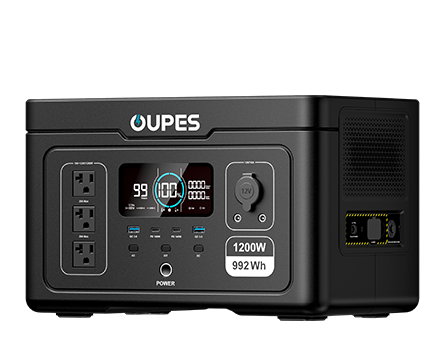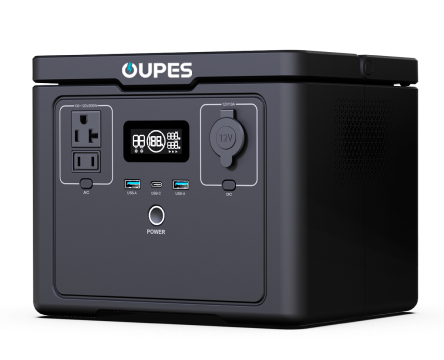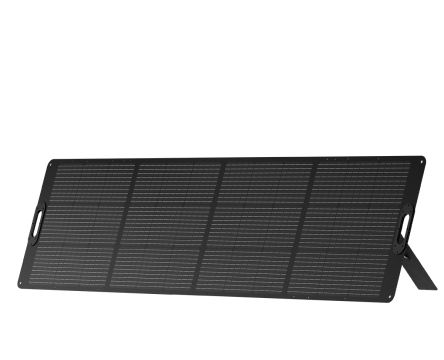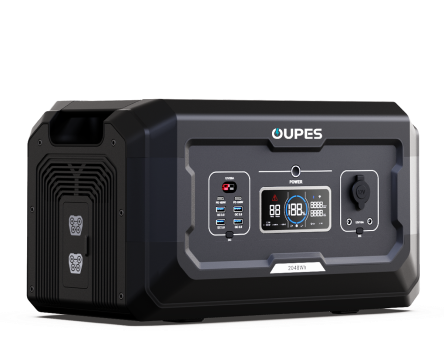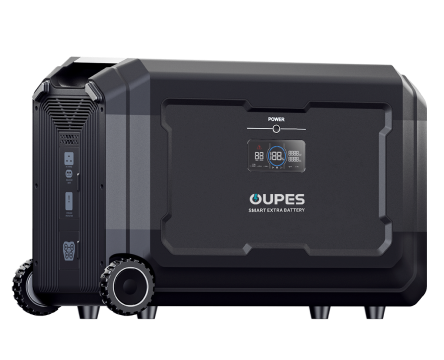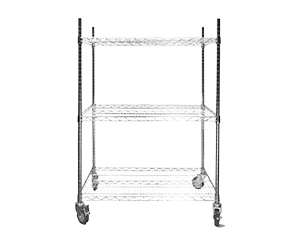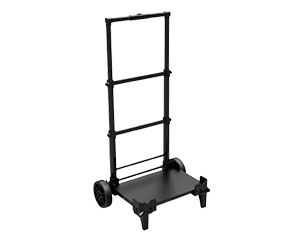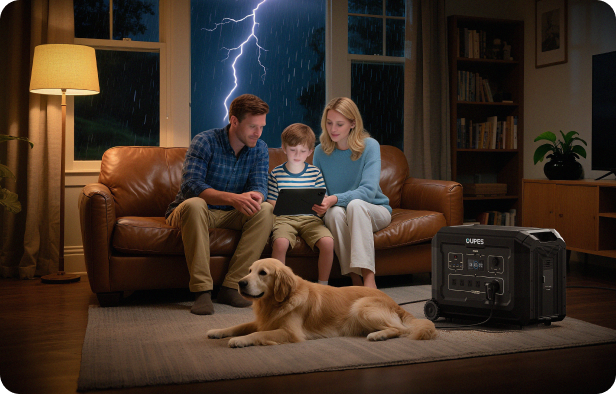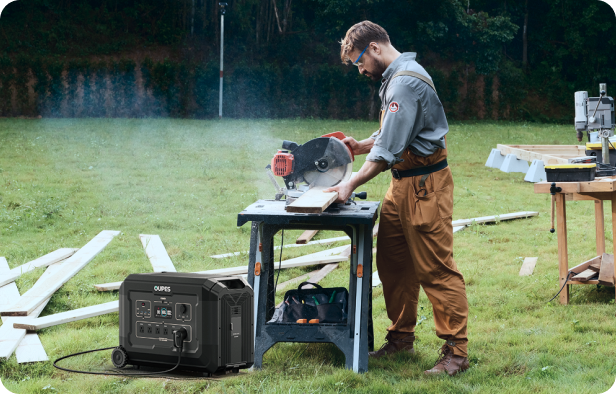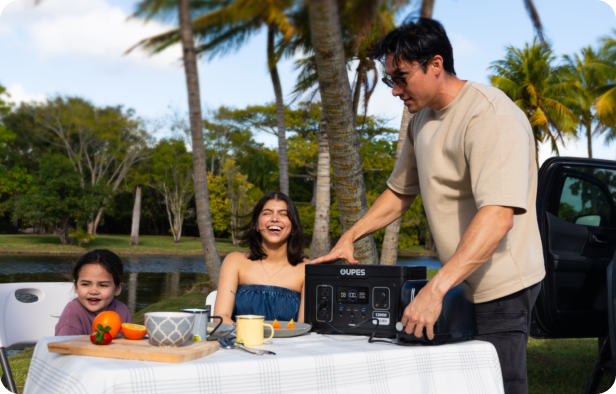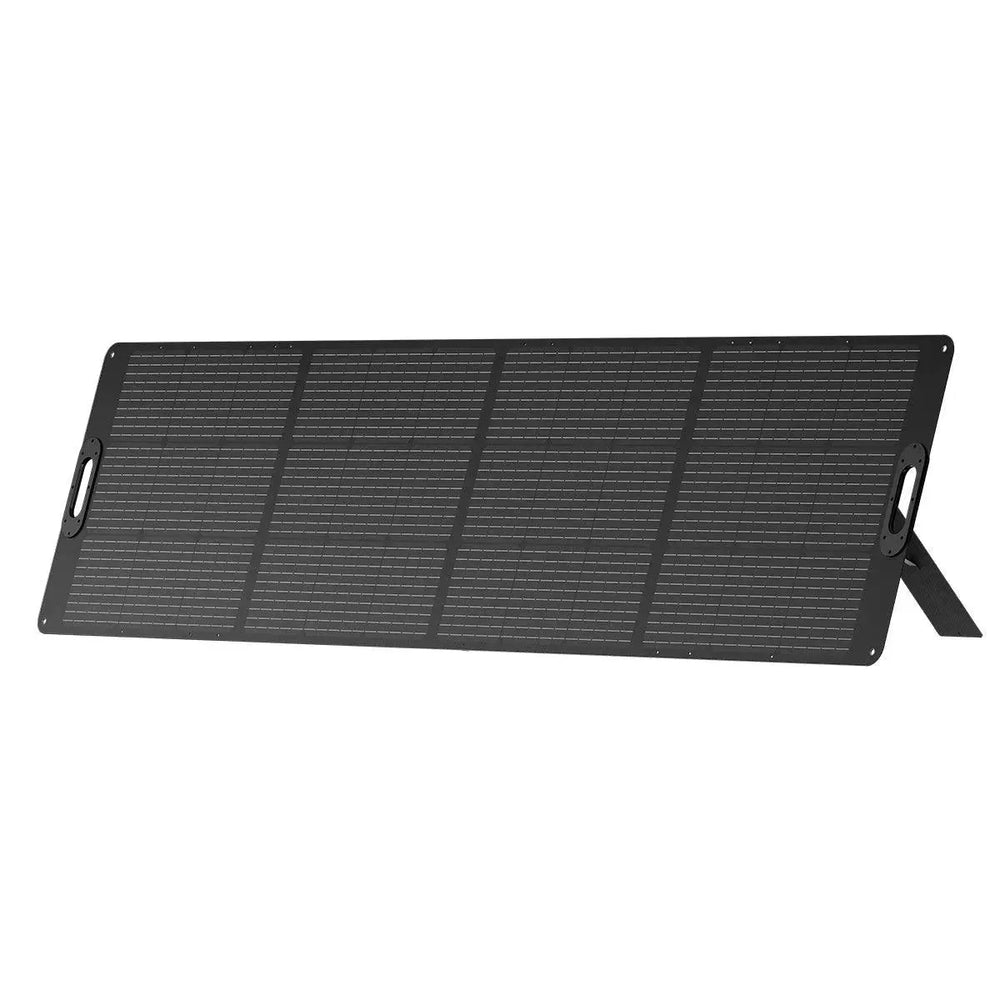
In the grand symphony of solar energy, batteries play the quiet but profound cello — steady, grounding, and essential. The type of battery you choose for your solar generator can elevate your off-grid experience from functional to flawless. But with so many options whispering promises of longevity, power, and efficiency, which one truly deserves center stage?
The Four Contenders: A Prelude
Lead-acid, AGM, gel, and lithium-ion — each with their own rhythm, tempo, and character. Their qualities are not uniform, their temperaments distinct. Choosing without understanding is like selecting an instrument for an orchestra without knowing its sound. So, let’s dissect, compare, and appreciate the complexities each battery type brings to the ensemble.
Lead-Acid: The Stalwart Classic
Traditional, affordable, and time-tested, lead-acid batteries have been the stalwarts of backup power for decades. They are heavy. Bulky. They need maintenance — distilled water top-offs and periodic care. But they are reliable workhorses, dependable when treated right. Their downside? Low cycle life and a tendency to lose efficiency if over-discharged. A solid, but unsophisticated performer best suited for short bursts and predictable patterns.
AGM: The Refined Evolution
Absorbent Glass Mat batteries are the next evolution of lead-acid. Sealed, maintenance-free, and slightly more forgiving. They charge faster, handle cold weather better, and sit gracefully in RVs and backup systems where you don’t want to fuss. But they, too, carry weight and are less efficient than their more modern counterparts. Think of them as a reliable baritone: strong, even, yet lacking the sparkle of virtuosity.
Gel Batteries: The Delicate Soloist
Gel batteries are quieter, with a more delicate touch. They handle slow discharges beautifully and excel in environments where consistent, gentle use is key. But push them too hard — overcharge them even slightly — and they falter. Fragile and sensitive, they require careful management. Their sweet spot is in low, steady demand systems where grace is prized over brute strength.
Lithium-Ion: The Virtuoso
And then there’s lithium-ion. Light as a whisper, powerful as a crescendo. High energy density, rapid charging, deep discharge capacity — all without significant wear. Their lifespan is measured in thousands of cycles, their performance smooth and unwavering. They cost more, yes. But they pay dividends in reliability, efficiency, and sheer simplicity. Lithium-ion batteries are the solo violinist — precise, responsive, and thrilling to behold in action.
The Rhythm of Choice: Application Matters
Your choice isn’t dictated by price alone, nor by specs in isolation. It’s a harmony between need and performance. Occasional power outages? Lead-acid or AGM may suffice. Long-term, off-grid living or high-demand devices? Lithium-ion is the inevitable choice. Each situation demands you tune your selection to the unique melody of your lifestyle.
Performance Factors to Watch
- Cycle Life: How many times can it charge and discharge before losing capacity?
- Depth of Discharge (DoD): How far can you drain the battery without harming its health?
- Weight & Portability: Will it be stationary or moved often?
- Charging Speed: How quickly can it recover from depletion?
- Temperature Tolerance: Will it face extreme climates?
Conclusion: The Art of the Perfect Battery
So, which battery type is best for a solar generator? The answer is not carved in stone but written in fluid script — an interplay of budget, performance, and purpose. For the everyday user craving convenience and longevity, lithium-ion emerges victorious, time and again. But in this symphony of electrons and circuits, every battery has its place, every note its time to resonate. Choose wisely, and your solar generator won’t merely function — it will sing.






